Fallacies in Advertising - Definition, Examples, Common Cases
What are fallacies in advertising? Advertisements are used in a variety of sectors to attract customers and clients. Effective advertising can encourage people to invest in a company's products or services by not just attracting their attention but also persuading them to do so. Some commercials can utilize logical fallacies as part of their persuasion technique, thus understanding some typical marketing fallacies can help customers make more educated purchasing decisions.
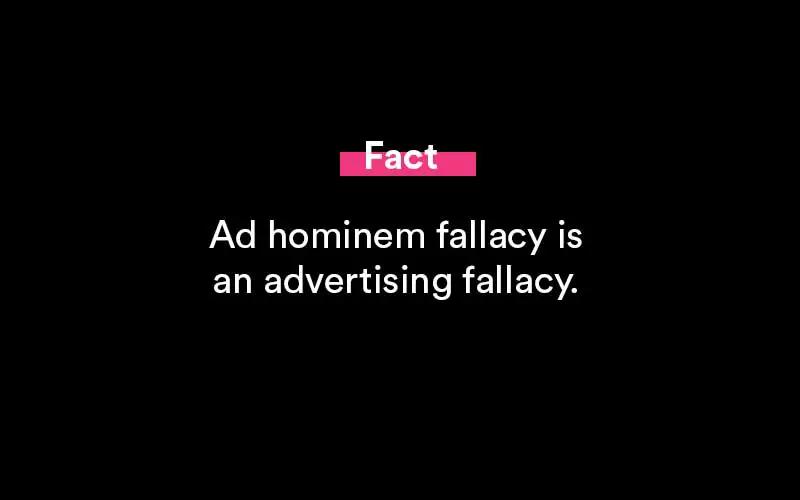
What are advertising fallacies?
Advertisements utilize logical faults to persuade potential consumers to buy a product or service. Advertisers can claim that their product or service helps consumers in order to persuade viewers to buy it. This statement, however, can have logical inconsistencies, errors, or contradictions that render it false or invalid. Some fallacies are more subtle than others, yet when used correctly in marketing, they can be quite compelling.
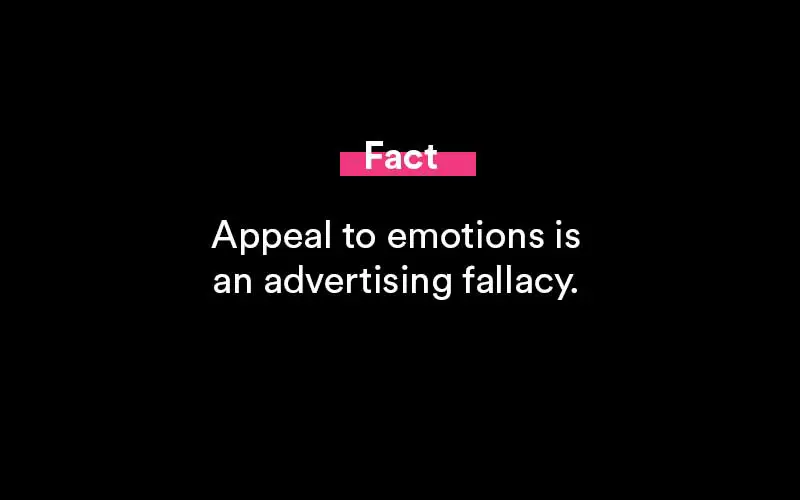
Why do advertisers use fallacies?
Because not all advertising require definite reasoning to describe how their product or service provides value, advertisers employ fallacies to appeal to their customers. Instead, advertisers frequently employ fallacies to encourage buyers to have a certain feeling or attitude toward a product, service, business, organization, or even a rival. Advertisers can convince people to buy their items by generating favorable sentiments about them.
The fallacies in advertising
Here are some of the most prevalent marketing fallacies, along with instances of each:
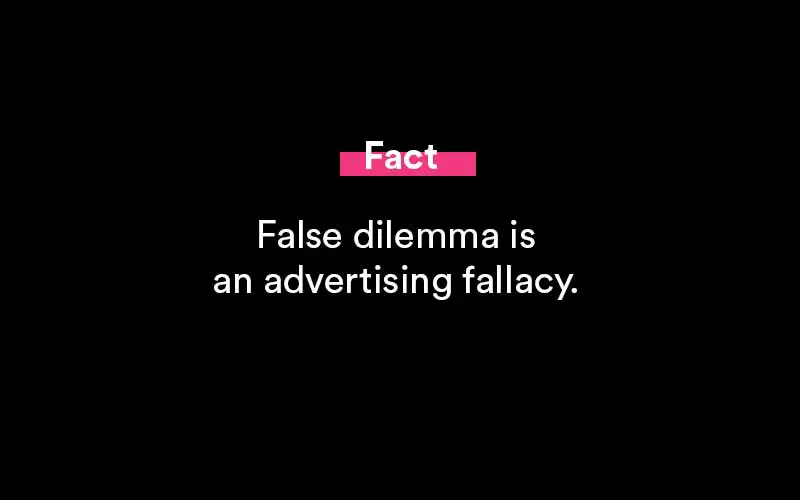
Ad hominem fallacy
An ad hominem argument appeals to customers by casting doubt on a competitor's credibility. The Latin word "ad hominem" means "against the person," implying that this type of error is intended to discredit someone or lead others to doubt their authority, trustworthiness, or character. In marketing, it can be more concerned with discrediting a rival or their company than with the items or services they offer.
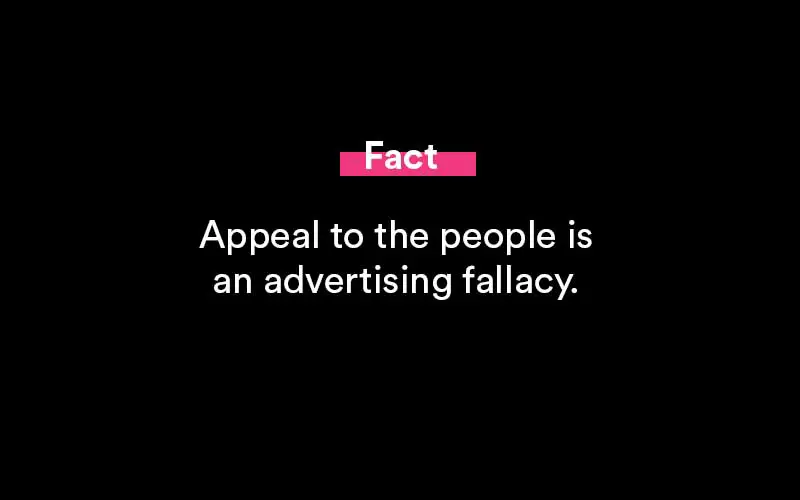
Greg and Charlie, for example, both run a cafe in the same town. Despite the fact that they offer comparable services, Greg informs potential clients that Charlie does not participate in community activities as frequently as Greg. As a result, Greg claims that consumers should select his restaurant over Charlie's since Charlie does not volunteer as much as Greg does in the community.
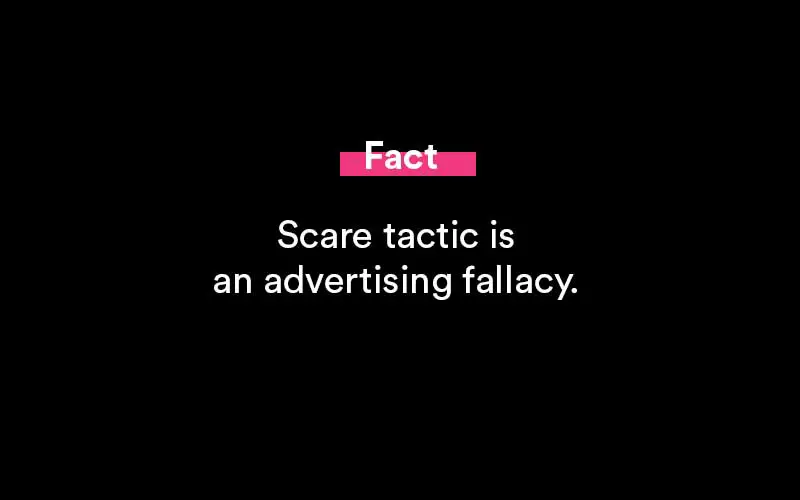
What is a flawed argument?
Logical fallacies are faulty, misleading, or incorrect arguments that can be demonstrated to be untrue through reasoning. Fallacies are divided into two categories: A formal fallacy is a logical error in which the premise and conclusion do not stand up under inspection. An informal fallacy is a flaw in the argument's form, content, or context.
Appeal to emotions
Emotional appeals aim to generate a specific emotion in the audience, even if the sentiments are unfounded. This is a popular marketing strategy, and advertisers can use it in conjunction with other fallacies in a campaign. Advertisements can try to provoke the following emotions:
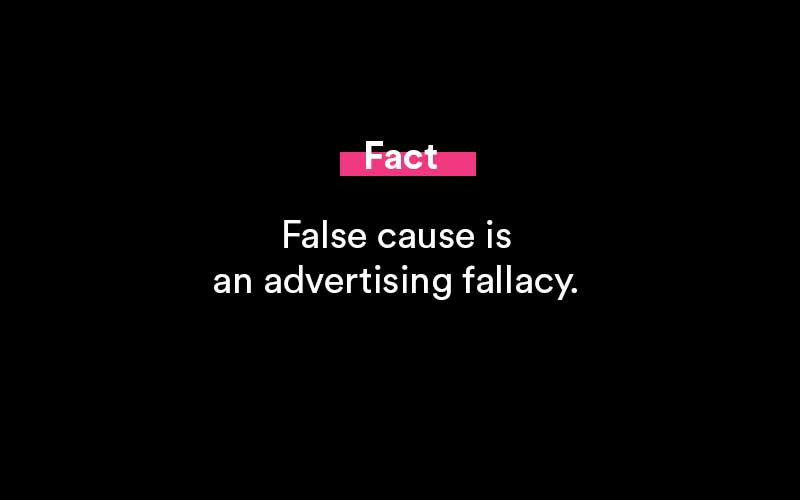
- Anger
- Fear
- Grief
- Affection
- Contentment
- Excitement
- Pity
- Pride
- Sympathy
"The old-fashioned root beer floats at an ice cream shop are advertised as "exactly as our grandma used to make." This advertising appeals to customers' sentiments of nostalgia for the root beer float, even if they haven't experienced it yet."
False dilemma
A false dilemma incorrectly restricts the amount of alternatives accessible to a client and recommends that they pick from those possibilities. Advertisers can use an "either-or" phrase to portray a false dilemma. As a result, a client can feel compelled to either accept the advertiser's offer or settle for a less desirable choice.
"Either you're eating our hamburgers, or you're settling for second-best," a fast-food establishment boasts. This creates a false dilemma in which the restaurant's burger is pitted against every other burger in a certain neighborhood.
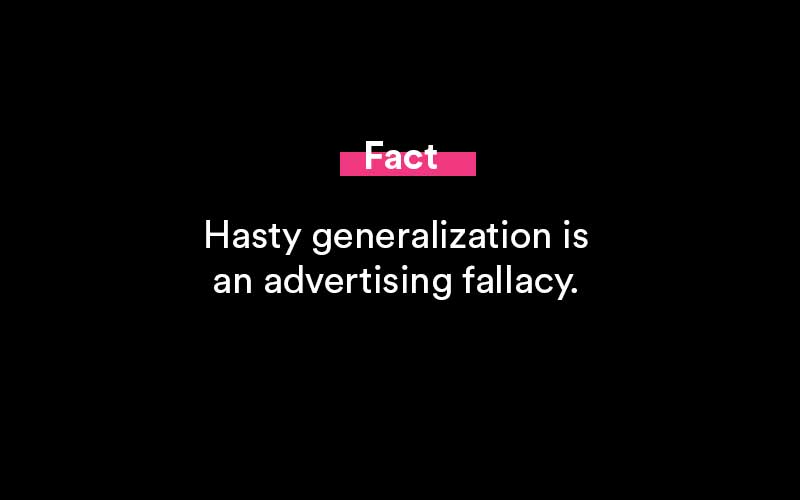
Appeal to the people
This fallacy asserts that something is real just because the majority of people think it to be true. This appeal in advertising implies that if the majority of people feel something is genuine, the consumer should believe it as well. The appeal to the people fallacy is similar to the appeal to popularity fallacy, except that the appeal to popularity fallacy is more concerned with what people are doing right now than with what they believe.
For example, a pizza business claims to have done a poll in which 95% of respondents felt their pizza was made with higher-quality ingredients than a competitor's. Customers can believe that the ingredients are tasty since the marketing claims that many people trust in the high quality of the chain's ingredients. Customers can believe this even if they haven't eaten the pizza.
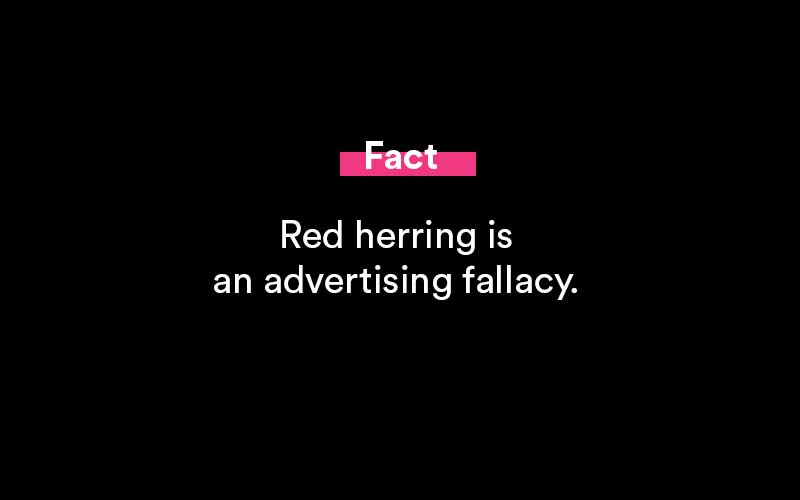
Scare tactic
A scare technique is a sort of emotional appeal that employs fear to persuade people to buy something. This strategy frequently promotes a situation in which a threat puts something important to the majority of customers in jeopardy. It then frequently offers a product or service as a way to reduce or remove the hazard. This is a fallacy because it presupposes harm or risk to the consumer without providing evidence that such a threat exists.
For example, a thief sneaks into someone's house when their children are at home alone in a commercial for a home security company. This advertisement plays on the viewer's worry of their children being in danger and offers their product as a way to alleviate that anxiety.
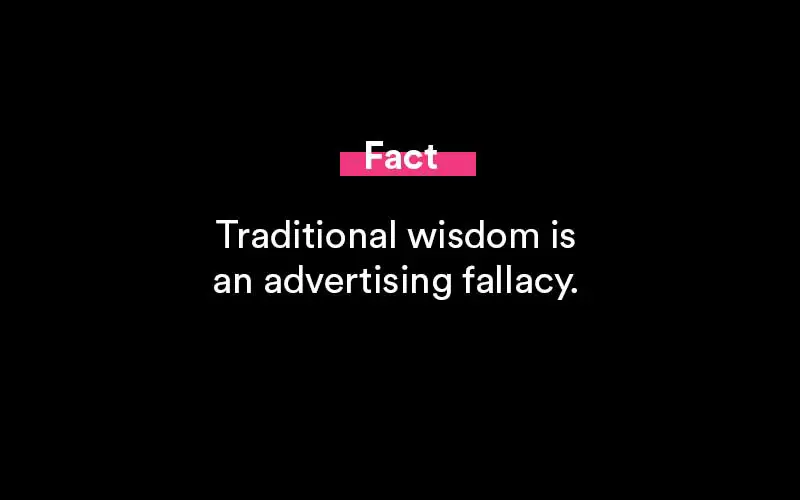
False cause
A false cause fallacy asserts that two occurrences have a cause-and-effect connection just because they are related. This is a misconception because two events or outcomes can occur at the same time yet are unrelated. Advertisers can exploit this fallacy to imply that their product produces a favorable outcome for a client when the positive outcome is really caused by the environment or context in which the customer utilizes the product.
For instance, a wellness company claims that bathing with their essential oil mixes decreases stress and improves wellbeing. Although essential oils can help create a relaxing environment, they can not be enough to reduce stress and improve overall health.
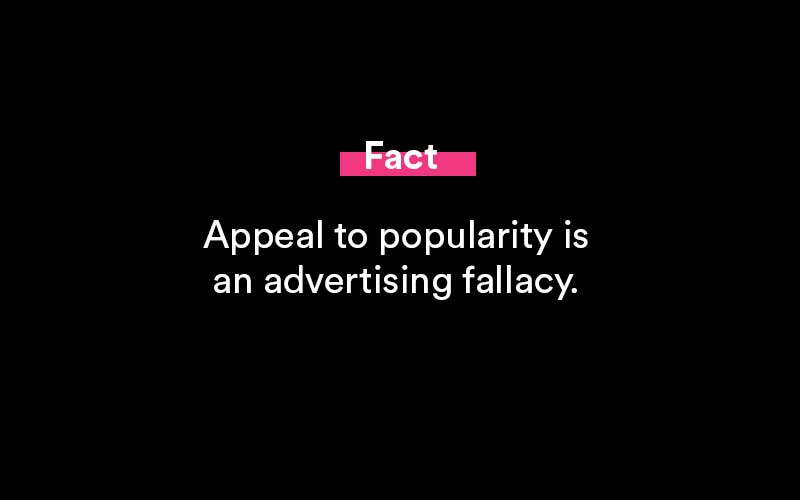
Hasty generalization
A hasty generalization is one that derives inferences from a limited amount of data. This mistake can lead to statements based only on circumstantial evidence. It can also lead to assertions that are made without regard for counterarguments or that only evaluate evidence that supports the claims. In advertising, a hasty generalization can overstate a claim about a product's or service's efficacy without providing clear proof to back up the assertion.
A company that makes sports shoes, for example, promotes how a well-known tennis player wore their brand of tennis shoes to win a gold medal at the Olympics. They contend that prospective tennis players should wear their shoes because they are the most effective way to win tennis competitions.
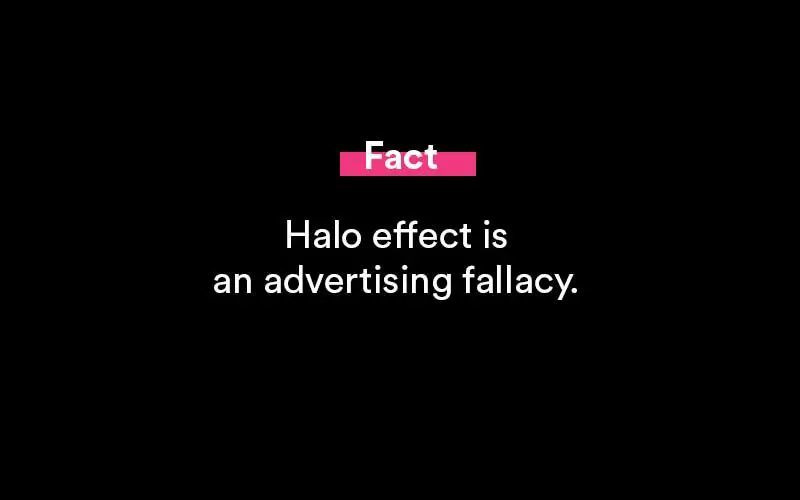
Red herring
A red herring fallacy is when a piece of information is presented that is extraneous and distracts the audience from the main point of an argument. Advertisers can use this strategy to disparage a rival by stressing a defect or issue that has nothing to do with the product's or service's function or efficacy.
For example, a baker claims that their company has been offering vegan and gluten-free alternatives for 10 years, whereas their competition has only recently begun to do so. Although both bakeries now provide vegan and gluten-free alternatives, the baker employs a red herring to draw attention to a less important feature that distinguishes their business from that of their competition.
Traditional wisdom
This fallacy is based on the belief that anything that was true in the past is likewise true now. This fallacy can be used in advertising to appeal to a customer's nostalgia and tradition, as well as their idea that doing something consistently for many years or generations demonstrates its validity.
For example, the proprietor of a neighborhood restaurant promotes that his family has owned and run the business for three generations. He appeals to his customers' feeling of history and nostalgia by stating that he still makes sweet potato pie from his great-recipe, grandmother's which can or can not be a good dish.
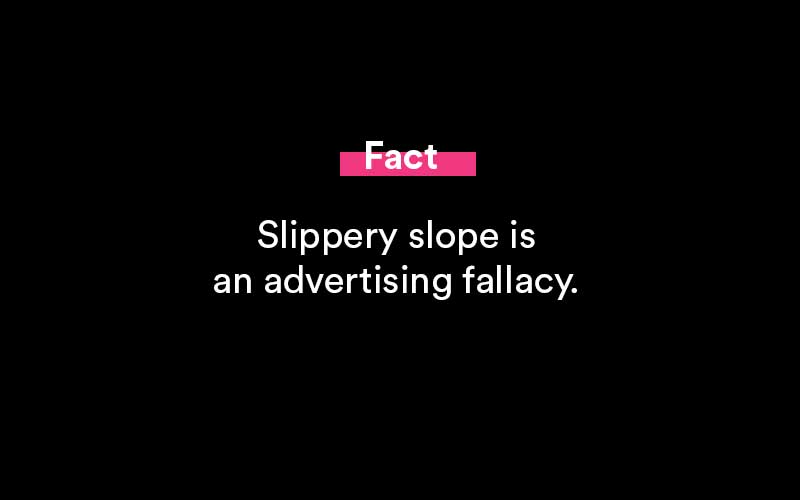
Appeal to popularity
This fallacy is based on the belief that anything that was true in the past is likewise true now. This fallacy can be used in advertising to appeal to a customer's nostalgia and tradition, as well as their idea that doing something consistently for many years or generations demonstrates its validity.
For example, the proprietor of a neighborhood restaurant promotes that his family has owned and run the business for three generations. He appeals to his customers' feeling of history and nostalgia by stating that he still makes sweet potato pie from his great-recipe, grandmother's which can or can not be a good dish.
Halo effect
The halo effect is a form of generalization in which a company uses its good reputation in one domain to justify its efficacy in another. Advertisers can exploit this fallacy to persuade people to buy other products or services as a result of the success of a different product or service.
For instance, a technology business created a popular portable music player and utilizes its brand recognition to promote its headphones. Despite the lack of proof that their headphones are superior to those of other manufacturers, their excellent reputation motivates people to buy their new product.
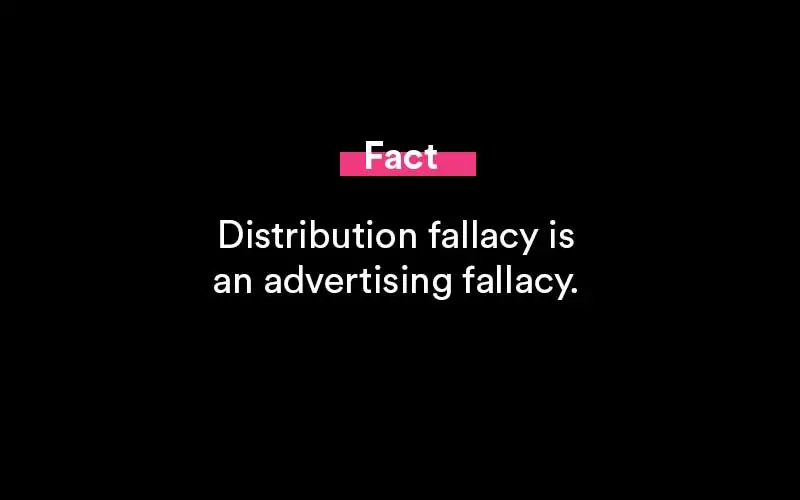
Slippery slope
According to the slippery slope fallacy, if the conclusion of a series of events is terrible or negative, then the initial event and thought that led to it was equally bad. When there is no evidence or logical explanation for why a series of events occurred, the slippery slope effect becomes a fallacy. Advertisers can use this approach in marketing to debunk a competitor's event or promotion.
Distribution fallacy
Another form of generalization error is the distribution fallacy. It ascribes the qualities of a whole to its constituent components. This misconception works in advertising in a similar way to the halo effect. Customers can believe that if a brand has a positive reputation, it preserves that reputation in all aspects of its brand.
For example, a company has a good reputation for using advertising to promote an ecologically friendly message. Customers can believe that the company follows a rigorous standard of clean manufacturing when it makes, packages, and delivers its products because they connect the brand with being environmentally conscientious.
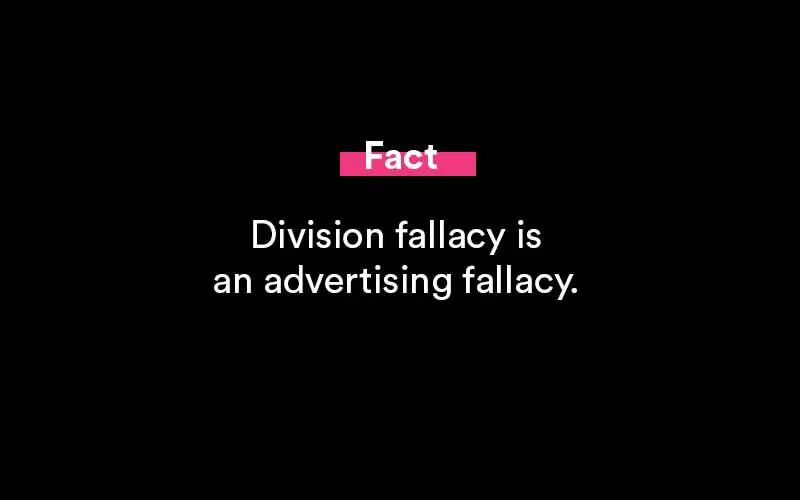
Division fallacy
The converse of the distribution fallacy is the division fallacy. Customers believe that the sections of a company represent the qualities of the overall business when they fall victim to the division fallacy. They can extrapolate the reputation of a specific product or department within a company to the entire company.
To safeguard the environment, a company claims to utilize ecologically friendly techniques for producing, packing, and delivering products. Customers can believe that the company utilizes these tactics because it cares about the environment, while the brand can have a different motivation, such as cost savings.
Tu Quoque fallacy
You only like me when I'm hungry! The Tu Quoque Fallacy is a fallacy in which a person believes that This is a common fallacy that's also known as the "hypocrisy fallacy." This fallacy includes defending your acts or wrongdoings by citing examples of others who have done the same. You must stop smoking; it is fatal!
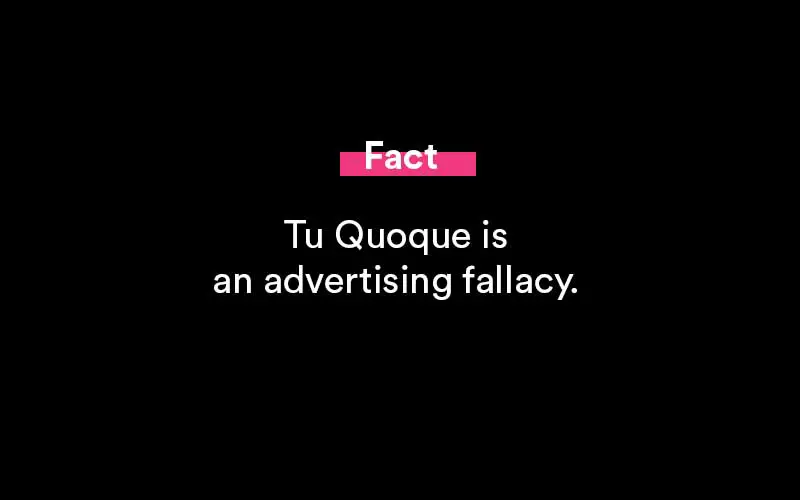
Common questions
Fallacy questions.
What is a logical fallacy?
Arguments and debates play an essential role in academic and collegiate dialogue. However, not every argument is flawless. Some can be pulled apart because of logical and rhetorical flaws. These are referred to as "logical fallacies," and they're quite prevalent.
What is an "ad hoc" fallacy example?
Student 1: “For the exam, I really should have gotten an A.” Student 2: “However, you were incorrect on numerous questions.” Student 1: “Yeah, but that's probably because the teacher is a jerk.” “She is actually quite nice,” says Student 2.
More on "adhoc" and fallacies.
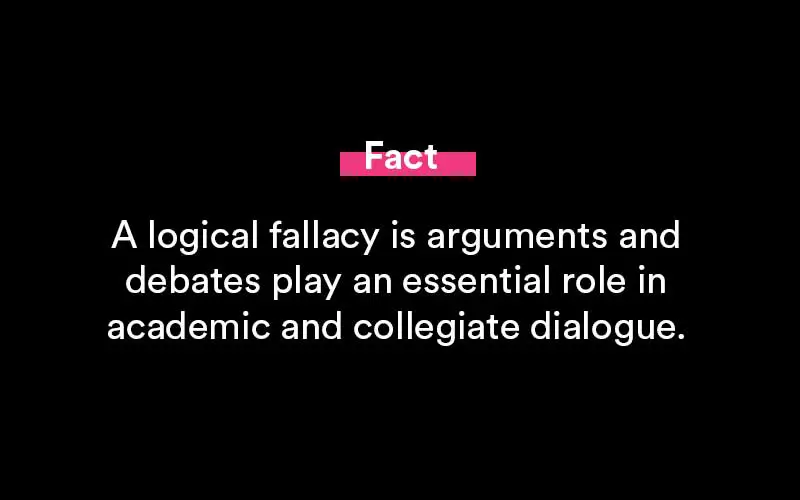
Popular Resources

Featured
35+ Phone Interview Questions & Best Sample Answers
Phone interviews have become a core part of the process when attempting to find a secured placement for an open position. Companies receive massive responses from potential candidates for any..

Featured
12+ Best Questions To Ask A Recruiter
Concerning a job search, you might receive numerous offers from your recruiters. Before you choose one, you need to assess all the conditions, for which it is vital that you know everything associated with the offered position..

Featured
Answering "What Makes You Unique" In A Job Interview
Answering this question during a job interview requires more than knowing why you are unique as an individual. Yes, the true scientific answer is made up of two main components: your..

Featured
250+ Ice Breaker Questions for Life
An ice breaker question is a question that’s asked from one person to another person in order to act as a conversation starter. It brings a connection...

Featured
10 Best Answers to "What Motivates You?"
Open-ended questions like “What motivates you?” can elicit a deer-in-the-headlights reaction from job candidates if they are unprepared. It’s a broad question and can leave the interviewer..

Featured
Answering "How Did You Hear About This Position" In An Interview
A lot of interviewers ask this question - how did you hear about this position? This way they can judge you if you are a passive or an active job seeker..

Featured
8 Best Thank You Emails After an Interview (Samples, Free Templates)
Writing a thank you note after an interview says a lot about you as a potential employee. Most notably, it says that you care about the opportunities presented..

Featured
Writing a Resignation Letter (How To Write It, Samples)
Writing the perfect letter of resignation is more of an art than it is a science. And we’re going to cover how to master that art form in this full guide..

Featured
How to End a Letter (Example Salutations, Sign Off's)
Knowing how to end a business note or email is an important skill to develop. It helps portray a sense of confidence, respect and tone to your message..
